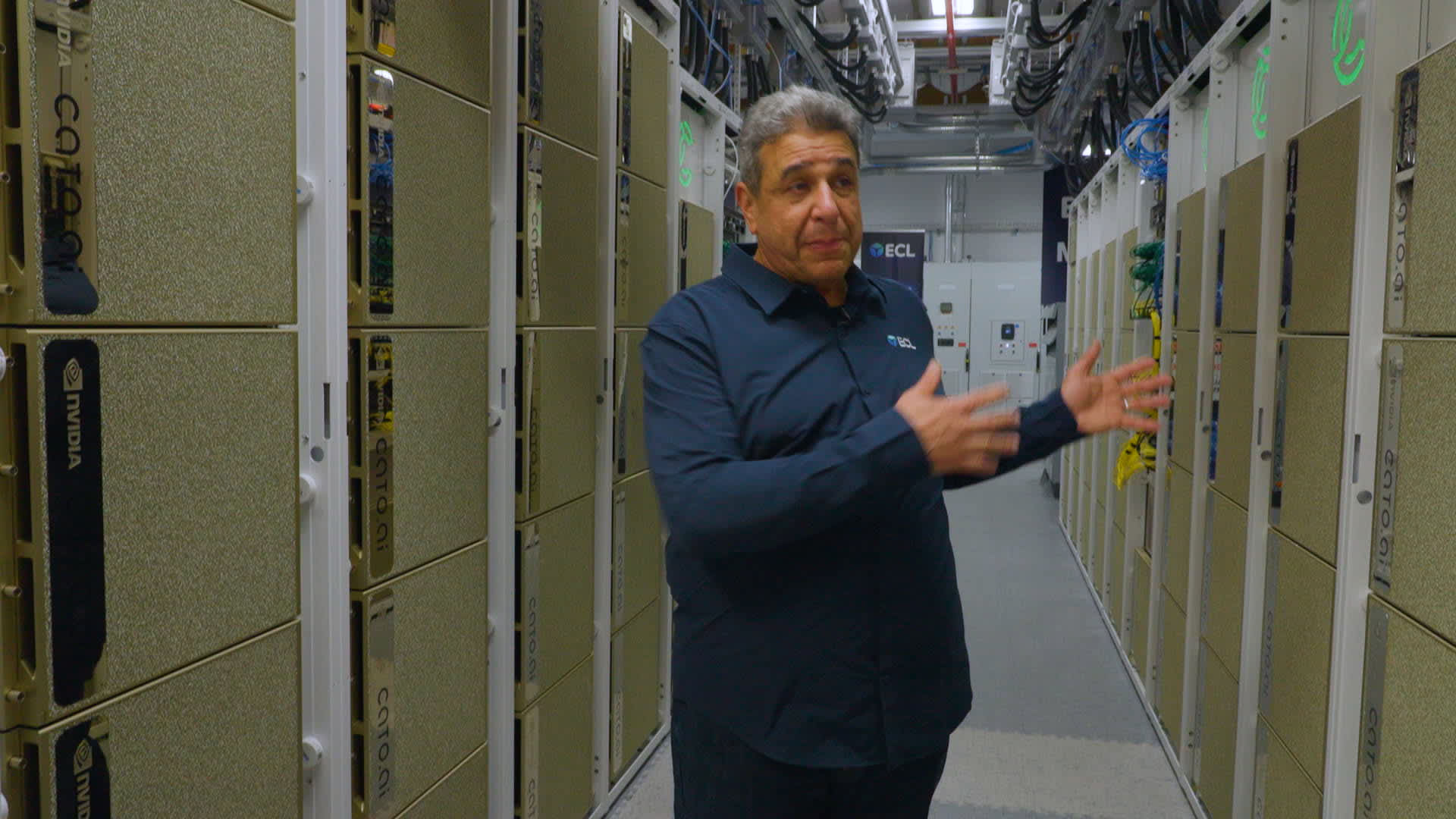Green Power Surge: How AI's Hunger Is Driving Tech Giants to Radical Energy Solutions

As the artificial intelligence revolution accelerates, Silicon Valley is turning its gaze toward groundbreaking energy solutions that can power the massive computational demands of cutting-edge AI technologies. Hydrogen and nuclear energy are emerging as promising alternatives that could potentially solve the industry's growing power consumption challenges.
The AI boom has exposed critical infrastructure limitations, with data centers and advanced computing systems requiring unprecedented levels of reliable and sustainable energy. Tech giants and innovative startups are now exploring hydrogen fuel cells and next-generation nuclear technologies as potential game-changers in meeting these extraordinary power requirements.
Hydrogen energy presents an attractive option, offering clean power generation with minimal carbon emissions. Meanwhile, advanced nuclear reactor designs promise high-capacity, stable electricity production that could provide the consistent and massive energy output needed to support AI's computational hunger.
Tech leaders recognize that traditional power sources are insufficient for the rapidly expanding AI ecosystem. By investing in these alternative energy technologies, Silicon Valley aims to not only meet current energy demands but also create a sustainable framework for future technological innovation.
The race is on to develop energy solutions that can keep pace with AI's exponential growth, with hydrogen and nuclear technologies positioned as potential frontrunners in this critical technological challenge.

